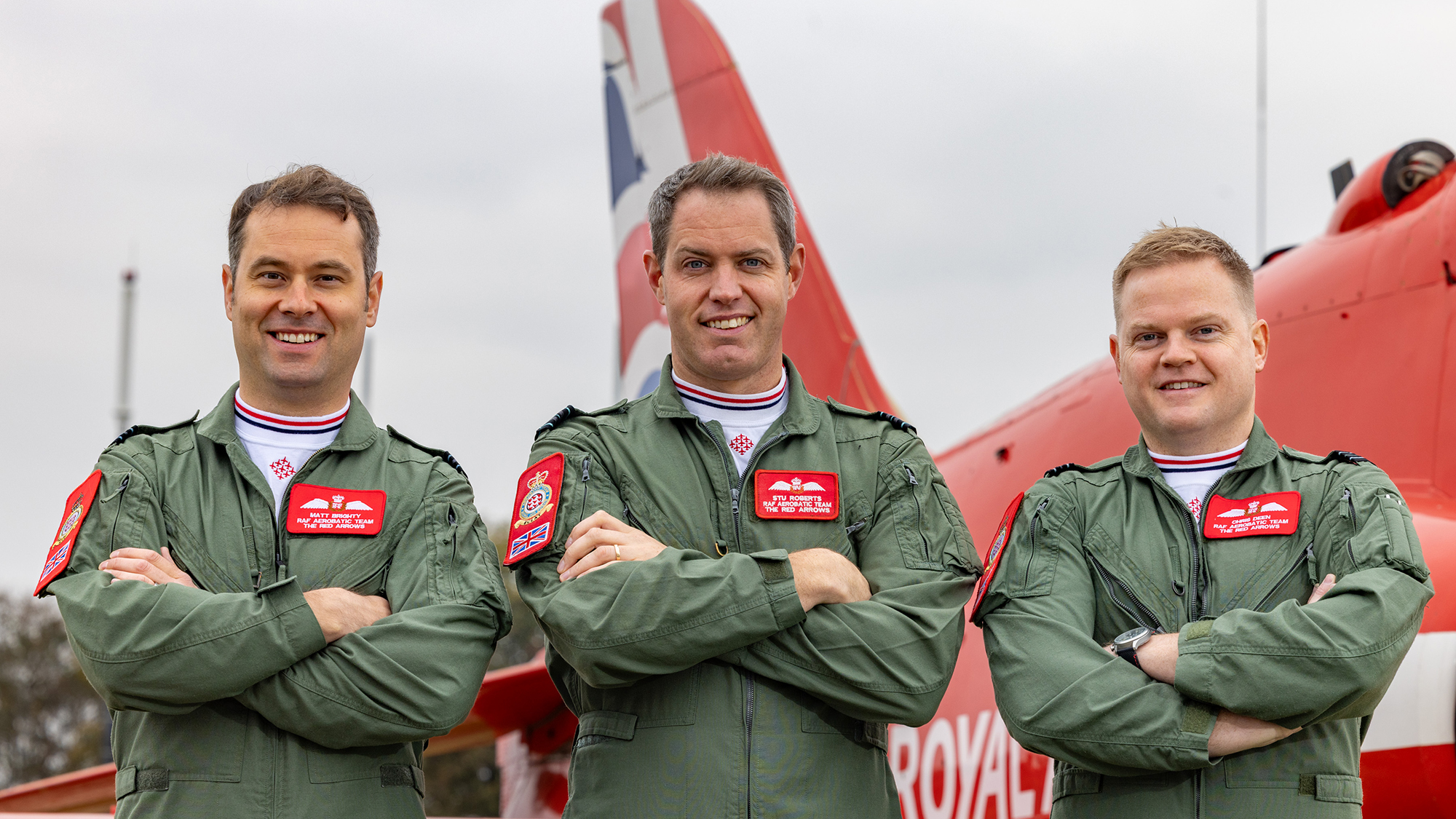On the morning of October 25, 1999, a Learjet 35A (N47BA) took off from Orlando International Airport (MCO) bound for Dallas Love Field (DAL). There were six people on board (two pilots and four passengers), including Payne Stewart, one of the most emblematic figures in golf.
The flight, operated by Sunjet Aviation of Sanford, Florida, was the first leg of a two-day, five-flight trip. Stewart, 42, was headed to Texas for a meeting about a new golf course for his alma mater, Southern Methodist University, before continuing on to Houston for the 1999 PGA Tour Championship.
The plane carried 5,300 pounds of fuel, enough for a flight of four hours and forty-five minutes.
Crew and passengers
At the controls was Captain Michael Kling, a 42-year veteran aviator with more than 4,200 flight hours. Kling, a former U.S. Air Force pilot, had flown the KC-135 Stratotanker and E-3 Sentry and served as an instructor pilot in the Maine Air National Guard.
His co-pilot, First Officer Stephanie Bellegarrigue, 27, was a certified flight instructor and certified commercial pilot on both the Learjet and the Cessna Citation 500. She had logged 1,751 hours, including 251 with the Sunjet.
Joining Stewart were his agent, Robert Fraley, a former Alabama quarterback; Van Ardan, president of Empresas Líder; and golf course architect Bruce Borland.
A routine flight… then, silence.
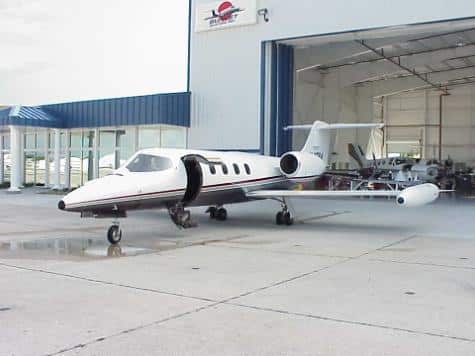
N47BA departed MCO at 09:19 local time. During their climb, the crew contacted Jacksonville Center and, at 09:27, acknowledged clearance to FL390 with the call: “three nine zero bravo alpha.“
It was the last transmission ever received.
Controllers attempted to reach the Learjet several times. Silence. The plane continued to climb.
At 09:54 (now in the central time zone), an F-16 from Eglin Air Force Base, Florida was ordered to intercept. The fighter pilot reported that the Learjet was cruising at 46,400 feet. Both engines were running. The lights were on. The aircraft appeared unharmed. But the cabin windows were opaque, as if covered with frost or condensation. No movement could be seen inside.
He broke off and returned to base.
Over the next two hours, additional interceptions were ordered. Two Oklahoma Air National Guard F-16s (TULSA Flight 13) approached but reported the same thing: no movement, dark cockpit, no reaction. Two F-16s from the North Dakota Air National Guard (NODAK flight 32) later joined, observing the same conditions.
The aircraft’s maximum altitude was 48,900 feet.
No fuel, no time
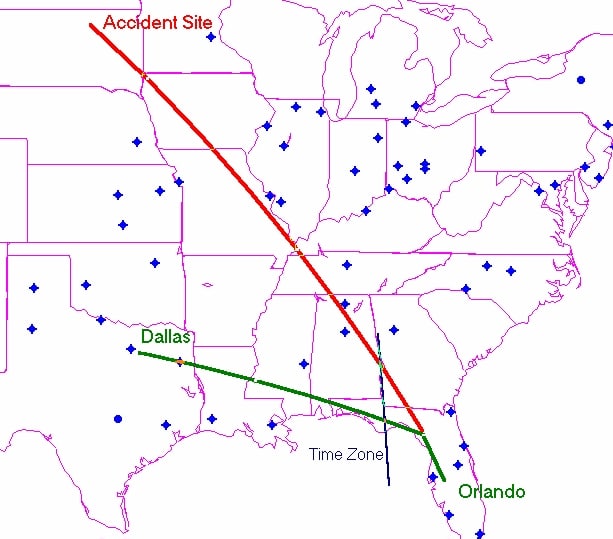
At 12:10, the Learjet’s cockpit voice recorder (CVR) captured the faint whine of the engines starting up. Then came the stall warning, followed by the click of the autopilot disengaging.
Moments later, one of the pursuing pilots reported: “The target is descending and making multiple turns, it appears to be out of control.” Another said: “It will soon impact the ground; it is in a downward spiral.”
At 12:13 local time, after a flight lasting 3 hours and 54 minutes, the Learjet impacted a field near Mina, South Dakota, leaving a crater 42 feet long, 21 feet wide, and 8 feet deep. The plane was destroyed.
He had flown nearly 1,400 miles from Florida to South Dakota, all on autopilot.
A nation watches in disbelief
The unfolding tragedy captured global attention. For hours, radar screens, control towers and television broadcasts followed the ghost plane as it crossed the Midwest.
At one point, Canadian Prime Minister Jean Chrétien was informed that the plane could enter Canadian airspace. In his memoirs, he wrote:
“The plane was headed toward the city of Winnipeg, and air traffic controllers feared it would crash in the capital of Manitoba. They asked me to give permission for the military to shoot down the plane if necessary. With a heavy heart, I authorized the procedure. Shortly after making my decision, I learned that the plane had crashed in South Dakota.”
The Pentagon confirmed that the American fighters following N47BA were unarmed. It was never considered a demolition.
The NTSB Investigation and Conclusion
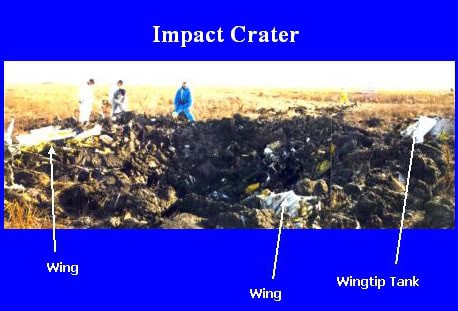
The National Transportation Safety Board (NTSB) launched a major investigation. His probable cause said:
“Incapacitation of flight crew members as a result of not receiving supplemental oxygen following a loss of cabin pressurization, for undetermined reasons.”
The NTSB found that both pilots’ oxygen mask hoses were connected to their supply lines and that both microphones were plugged in. The oxygen bottle regulator and shut-off valve were open, suggesting oxygen was available.
However, for unknown reasons, neither pilot appeared to have put on the mask in time.
A key passage from the report states:
“A possible explanation for the pilots not receiving emergency oxygen is that their ability to think and act decisively was impaired due to hypoxia before they could put on their oxygen masks.”

Because the rate of depressurization could not be determined, the NTSB evaluated both rapid and gradual scenarios.
If the cabin had been rapidly depressurized to 30,000 feet, the board cited research showing that as little as 8 seconds without oxygen could significantly impair cognitive function. In such a case, even a brief delay in putting on the oxygen masks could have been fatal.
If the decompression was gradual, the crew may have missed the problem or misdiagnosed it. Tests indicated that a slow leak or a closed flow control valve could cause complete depressurization within minutes, during which oxygen deprivation would silently erode judgment and motor control.
The report said:
“Investigations of other accidents in which flight crews attempted to diagnose a pressurization problem or initiate emergency pressurization rather than immediately putting on oxygen masks have revealed that, even with a relatively gradual rate of depressurization, pilots have rapidly lost cognitive or motor abilities to effectively fix the problem or put on masks soon afterward.”
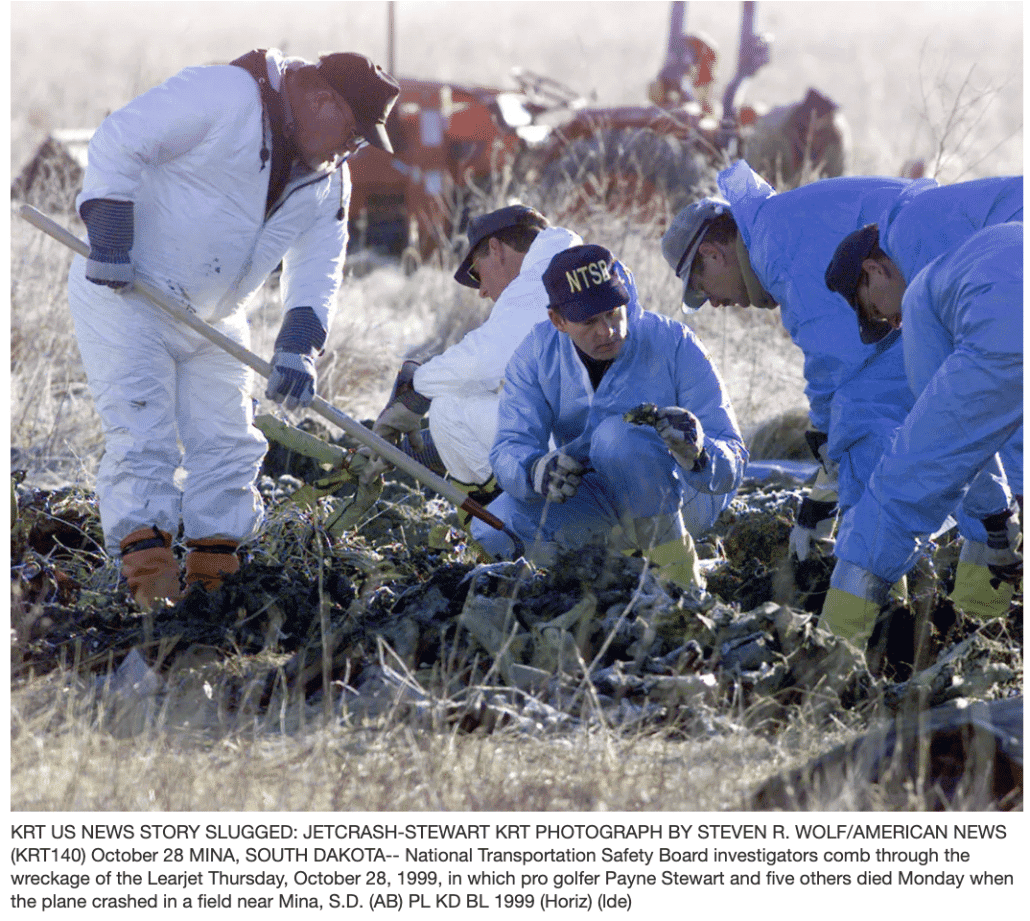
The NTSB concluded:
“In summary, the Safety Board was unable to determine why the flight crew could not, or did not receive, supplemental oxygen in sufficient time and/or at an adequate concentration to prevent hypoxia and incapacitation.”
NTSB Final Report
Maintenance logs revealed multiple entries related to cabin pressurization issues in the months leading up to the accident. The NTSB criticized Sunjet Aviation for poor documentation and for allowing flights with an unauthorized maintenance deferral that involved cabin pressure problems.
The Aftermath: Memorials and Lawsuits
A year later, the families of Payne Stewart and Robert Fraley filed a lawsuit against Learjet, Sunjet Aviation and JetShares One Inc., alleging that a broken adapter had caused a fatal loss of cabin pressure and that the plane had been poorly maintained.
The FBI later raided Sunjet’s offices and seized flight records during a criminal investigation that ultimately led to the company’s bankruptcy. The lawsuit against Learjet went to trial in 2005, where jurors cleared the manufacturer of liability.
When the PGA Tour Championship began days after the accident, the tournament began with a lone bagpiper playing on the first tee at Champions Golf Club in Houston.
The legacy of Payne Stewart

Born on January 30, 1957 in Springfield, Missouri, Payne Stewart was more than a champion: he was a showman. With his panties, his tam-o’-shanter cap, and his brightly colored suits that often matched the colors of the NFL team of the city in which he played, he stood out in every gallery and on every street.
But behind the style there was substance. Stewart was a man of faith, a devoted husband to Tracey and a loving father to his two children.
His biography, published in 2001, paints a portrait of a competitor who returned personality to golf and grace to victory. It told the story of a man who lived joyfully, played with style and believed deeply in family and faith, before his life ended at just 42 years old. you can buy it here via Amazon.


